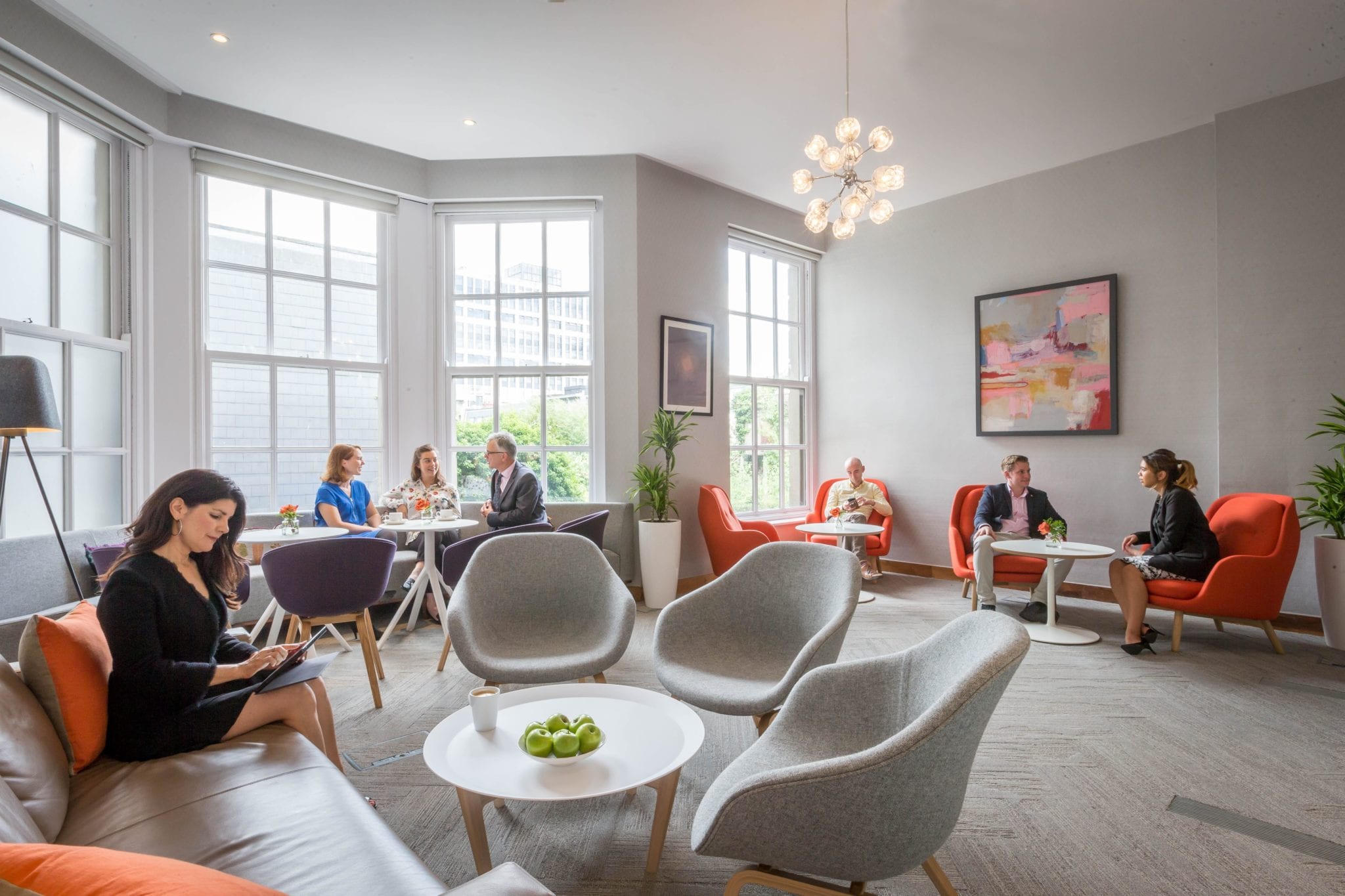3 major workplace trends for 2017
The working world has evolved substantially in the last two decades. Up until the early 1990’s, the majority of workers conformed to the long established practices of a shirt and tie and a standard nine to five weekday shift.
Now, many offices have implemented more casual dress codes and are focused on offering greater flexibility to help keep their employees happy.
Freelancing and the gig economy
Small, digital startups are becoming more and more common today, often consisting of less than a dozen employees in open, collaborative, shared office space. Many of these startups rely on freelance employees with skills in copywriting, graphic design and even coding and programming.
According to a survey by freelancer database website, PeoplePerHour, it is predicted that up to 40% of the workforce will be freelancers by 2020.
Freelancing allows an employee to have better control over structuring their work lives. It also enables them the chance to choose a company they want to work for, based on the criteria that personally suits them. Alternatively, it also benefits companies by having fresh minds in the workspace and greater collaborative opportunities between employees.
Coworking spaces
While most people equate shared workspace with freelancers and startups, coworking is becoming an increasingly popular office option for companies of all sizes and situations. Whether it is an international company testing out their first EMEA headquarters, or a local business requiring additional desks, shared office space can provide a flexible and cost-effective solution.
The benefit of coworking is that the communal space enables employees to share ideas by conversing with professionals from a wide sector of industries. What’s to say someone in architecture won’t have a solution to a problem you’ve been stuck on all day? Due to the supportive community it creates, working in a collaborative environment is shown to foster creativity, productivity and wellbeing among employees.
Wellness programmes
The key to a healthy and successful company lies in having healthy and happy employees. Many companies are beginning to recognise this by offering wellness programs and benefits packages to employees. As one of the biggest companies in the world, Google knows how to keep their employees happy. Their various offices have unique features including a slide, LEGO workstations and leisure facilities. Outside of office hours, employees can swim, relax and do their laundry, all without having to leave their office.
Even smaller scale companies are incorporating wellness programmes into their employee initiatives. HR consultancy firm, Mercer, launched their fitness, healthy eating and stress management programme in 2009. Over the past eight years, their efforts to encourage employees to eat right, meditate and attend self-defence classes, have created a happier more productive workforce.
Staff at St. Vincent’s University hospital in Dublin have seen benefits of their own wellness programmes. The hospital now provides smoking cessation services to all employees, including nicotine replacement therapy.
The modern workplace does not evolve on a monthly or yearly basis. In the age of instant communication, trends and styles can change daily and to combat this, today’s companies must remain vigilant to ensure they’re not left in their competitor’s dust. Trends and fads like LEGO workstations may come and go, but these initiatives are here to stay.





